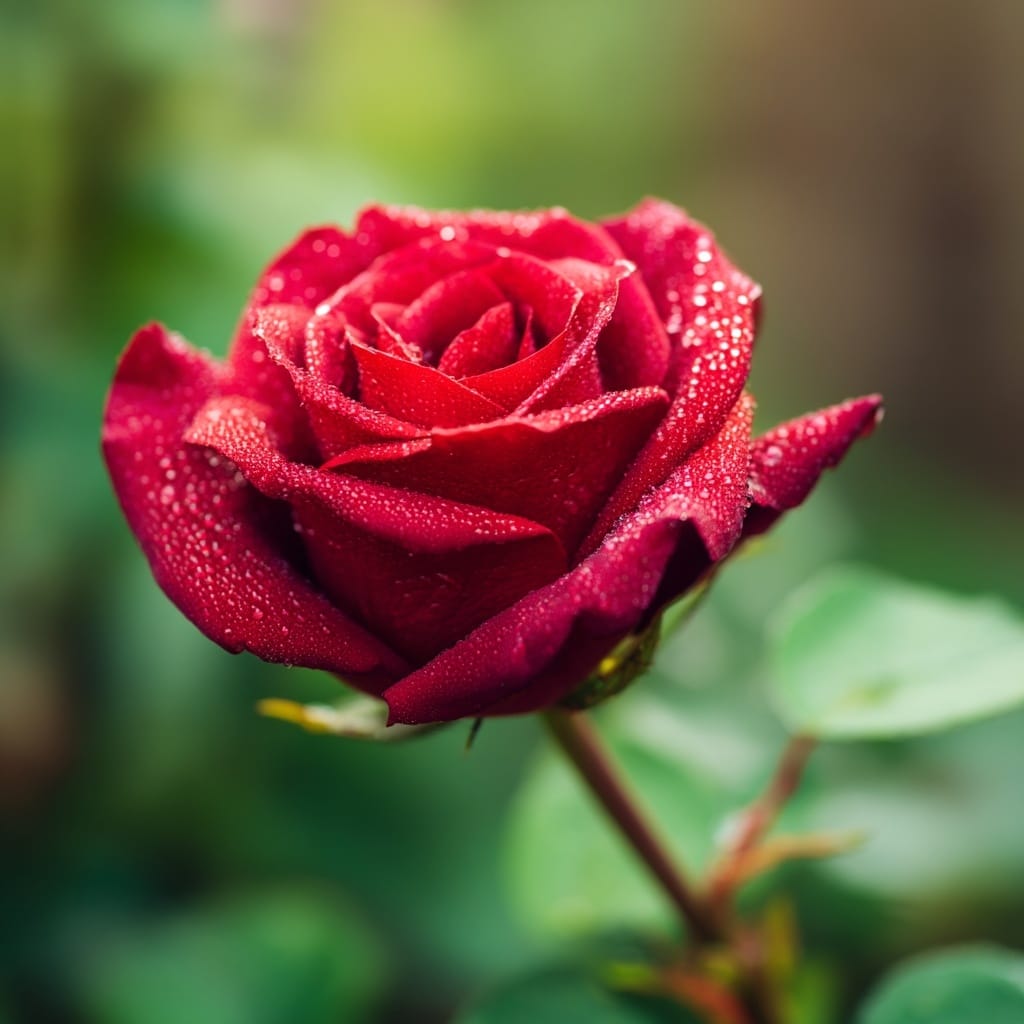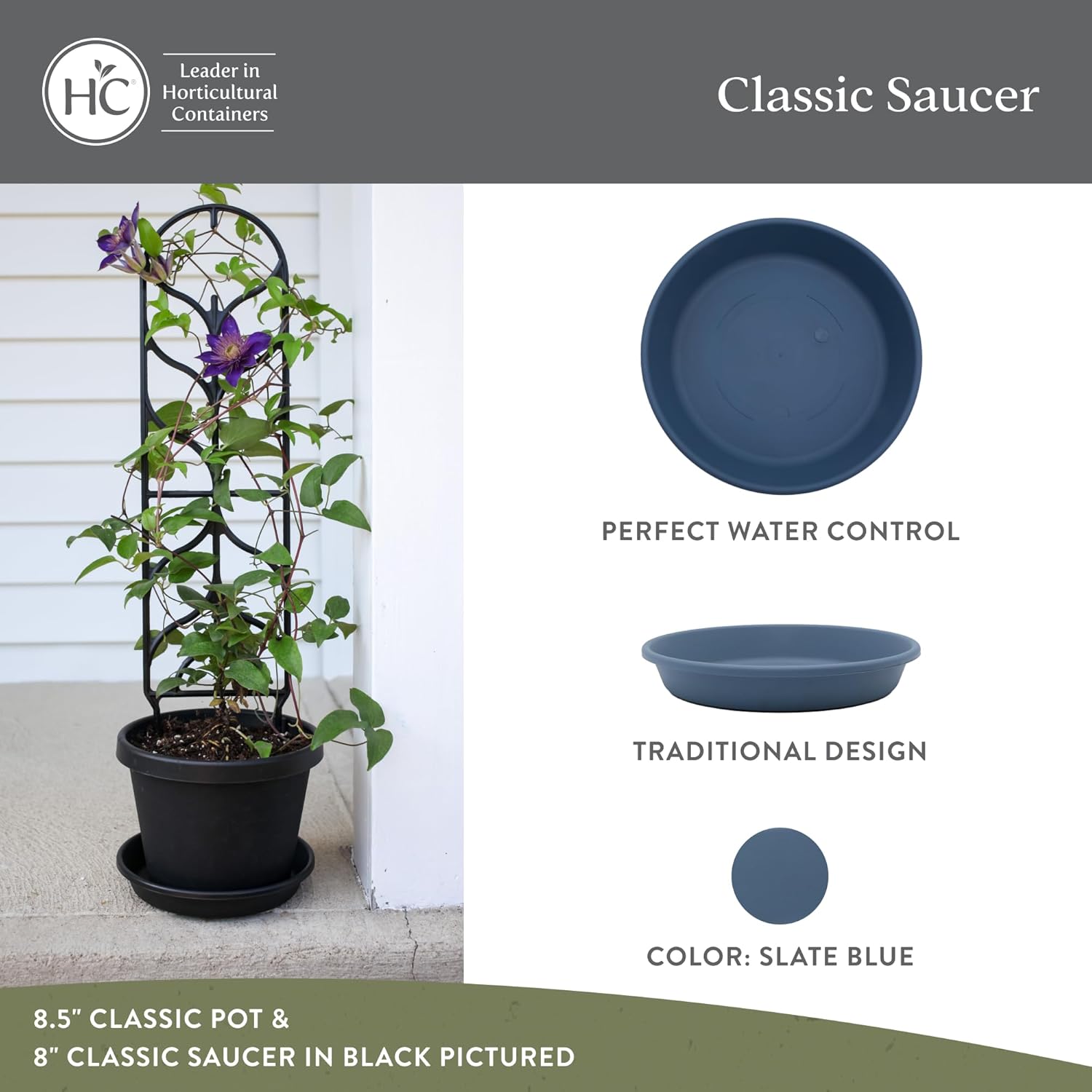Flower lovers know that few things in nature can compare to the elegance and emotion a single bloom can convey. Across the globe, flowers have come to symbolize beauty, love, strength, and renewal—each one with its own story, shape, and cultural significance. Whether it’s the rare bloom of a Himalayan blue poppy or the vibrant petals of a tropical orchid, the most beautiful flowers stand out not just for how they look, but how they make us feel. In this guide, we’ll celebrate 10 of the world’s most breathtaking flower varieties—each offering something extraordinary in form, color, or meaning.
Table of Contents
Rose
The flower most often associated with love and passion, the rose has captivated people for centuries. Its delicate petals and bold fragrance make it a garden staple and a universal symbol in literature, art, and tradition. With over 300 species and thousands of cultivated varieties, roses come in nearly every color imaginable, each shade holding its own meaning—red for romance, white for purity, yellow for friendship, and more.
Roses thrive in a range of climates and can be grown as shrubs, climbers, or ground cover. Their layered blooms and intricate form give them a regal appearance that few flower varieties can match. Whether found in a bouquet or blooming in a quiet garden, the rose is a classic that continues to inspire awe and admiration around the world.
Orchid
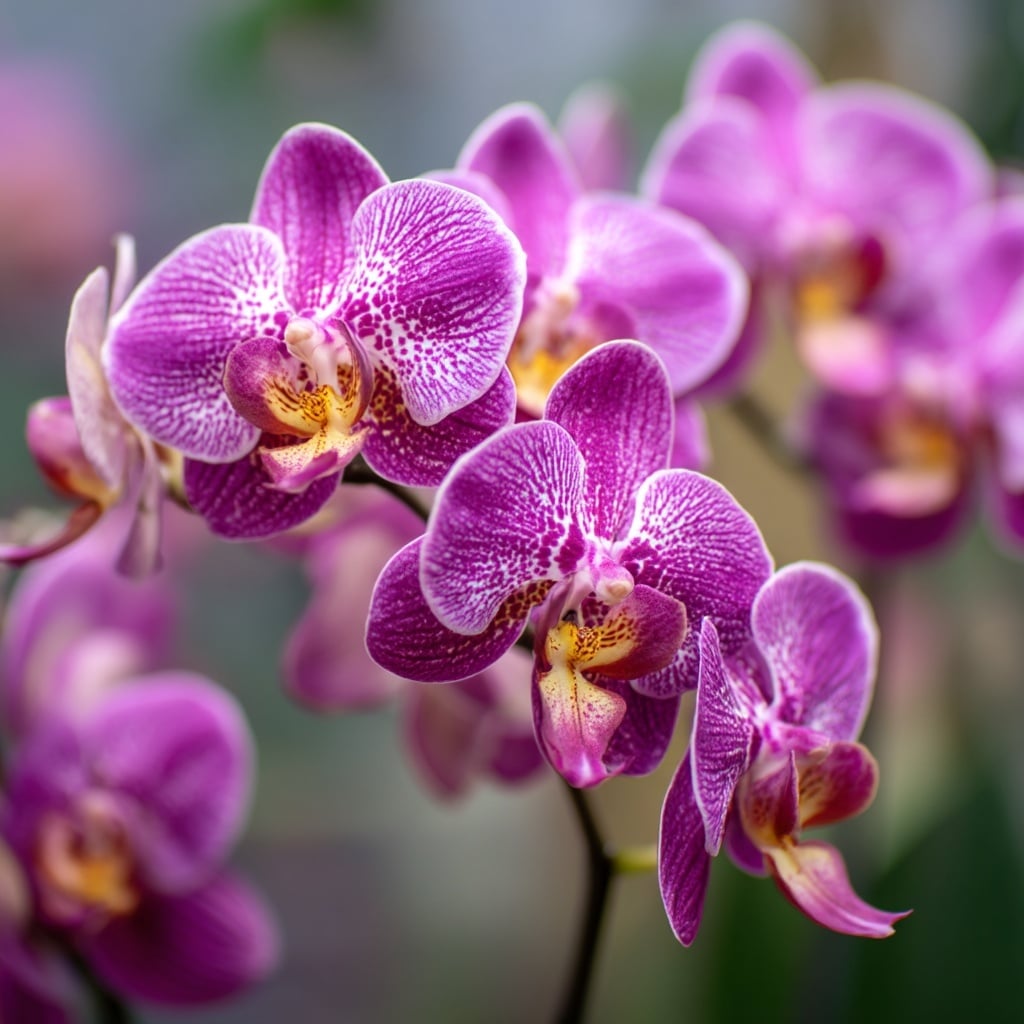
Few plants rival the orchid in elegance. This exotic flower is known for its striking symmetry, wide variety of colors, and almost otherworldly shapes. With over 25,000 naturally occurring species and more than 100,000 hybrids, orchids are among the largest and most diverse plant families on Earth.
What makes orchids truly fascinating is their adaptability—some grow in soil, while others cling to trees, drawing nutrients from air and moisture. They’ve long symbolized beauty, refinement, and strength, especially in Asian cultures where they’re considered a sign of good fortune.
Whether it’s the rare ghost orchid or the commonly gifted phalaenopsis, this flower evokes luxury and mystery. Its exotic presence adds drama to any space and earns its place as one of the world’s most stunning blooms.
Lotus

The flower of serenity and spiritual symbolism, the lotus is revered in many cultures for its beauty and deeper meaning. Emerging from muddy waters and blooming into pristine, symmetrical blossoms, it’s seen as a powerful symbol of purity, resilience, and enlightenment—especially in Buddhism and Hinduism.
Lotus flowers are typically found in warm, still waters, their flat leaves floating gently on the surface while the blossoms rise elegantly above. Their shades range from soft pink to radiant white, with each variety offering a unique visual and emotional impact.
Beyond its symbolism, the lotus is also admired for its simple, graceful form. Its ability to thrive in murky environments and still produce breathtaking blooms has earned it a place among the most beautiful and meaningful flowers in the world.
Peony
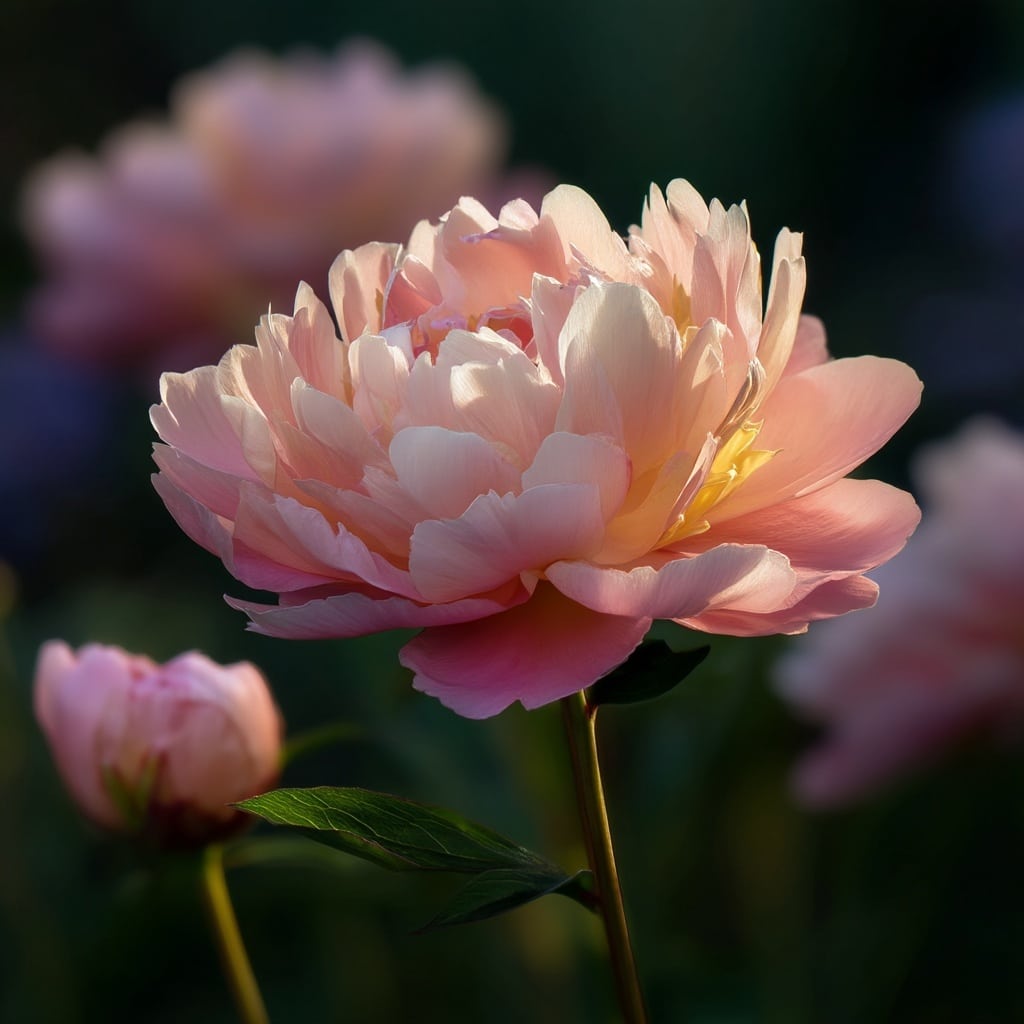
Soft, lush, and full of charm, the peony is a flower celebrated for its ruffled petals and romantic appearance. Native to Asia, Europe, and North America, peonies have been cultivated for centuries, often symbolizing prosperity, honor, and happy marriage—especially in Chinese culture, where they’re known as the “king of flowers.”
Peonies bloom in late spring to early summer and are prized in both gardens and floral arrangements. Their blooms can be as large as a dinner plate, with colors ranging from soft blush to deep crimson. Despite their delicate look, they’re surprisingly hardy perennials that can thrive for decades with minimal care.
Thanks to their fragrance and full, rounded form, peonies remain one of the most beloved flowers for weddings, gardens, and anyone who appreciates timeless beauty
Lily
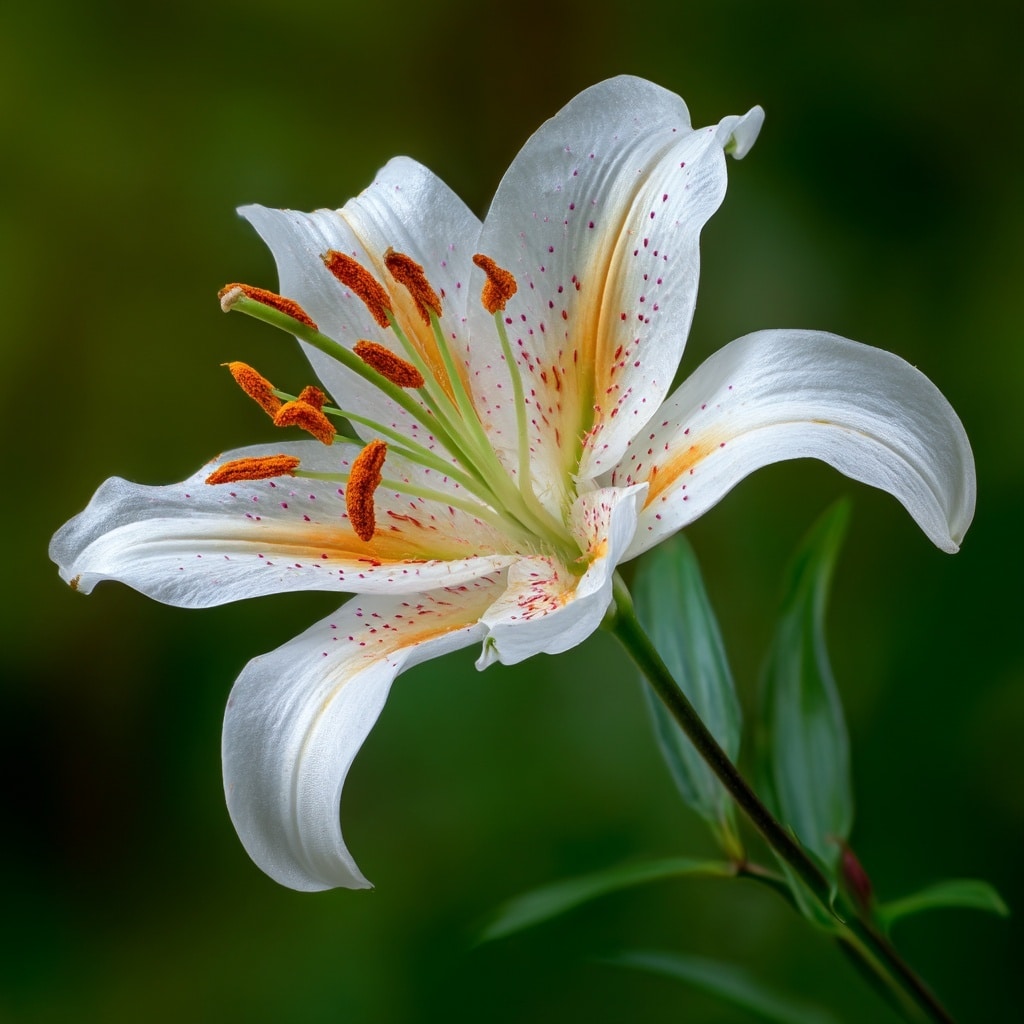
The flower of elegance and purity, lilies are known for their graceful form, long stems, and captivating fragrance. With over 100 species in the genus Lilium, they appear in a range of environments—from mountain meadows to backyard gardens. Lilies are especially popular in bouquets and ceremonial arrangements, symbolizing renewal, motherhood, and devotion across many cultures.
Their trumpet-shaped blooms and bold colors make lilies stand out, whether in bright white, golden yellow, or deep orange. Some varieties, like the stargazer lily, have a sweet scent that fills the air, while others are unscented but equally stunning.
This flower is easy to grow from bulbs and adds instant vertical beauty to gardens. Whether as a cut bloom or a perennial planting, the lily’s striking presence has earned it a global reputation for timeless floral beauty.
Cherry Blossom (Sakura)

Few flowers evoke a sense of fleeting beauty quite like the cherry blossom. Known as sakura in Japan, these delicate pink and white blooms signal the arrival of spring and are deeply embedded in cultural celebrations, art, and poetry. Their short-lived bloom period serves as a gentle reminder of life’s impermanence and the importance of appreciating each moment.
Cherry blossom trees burst into color for just a few weeks each year, transforming entire landscapes into breathtaking scenes. In countries like Japan, Korea, and parts of the U.S., festivals draw crowds who gather beneath the trees for hanami—the act of flower viewing.
With their soft petals and emotional symbolism, cherry blossoms are more than just flowers—they are a seasonal experience and a timeless expression of natural grace.
Tulip
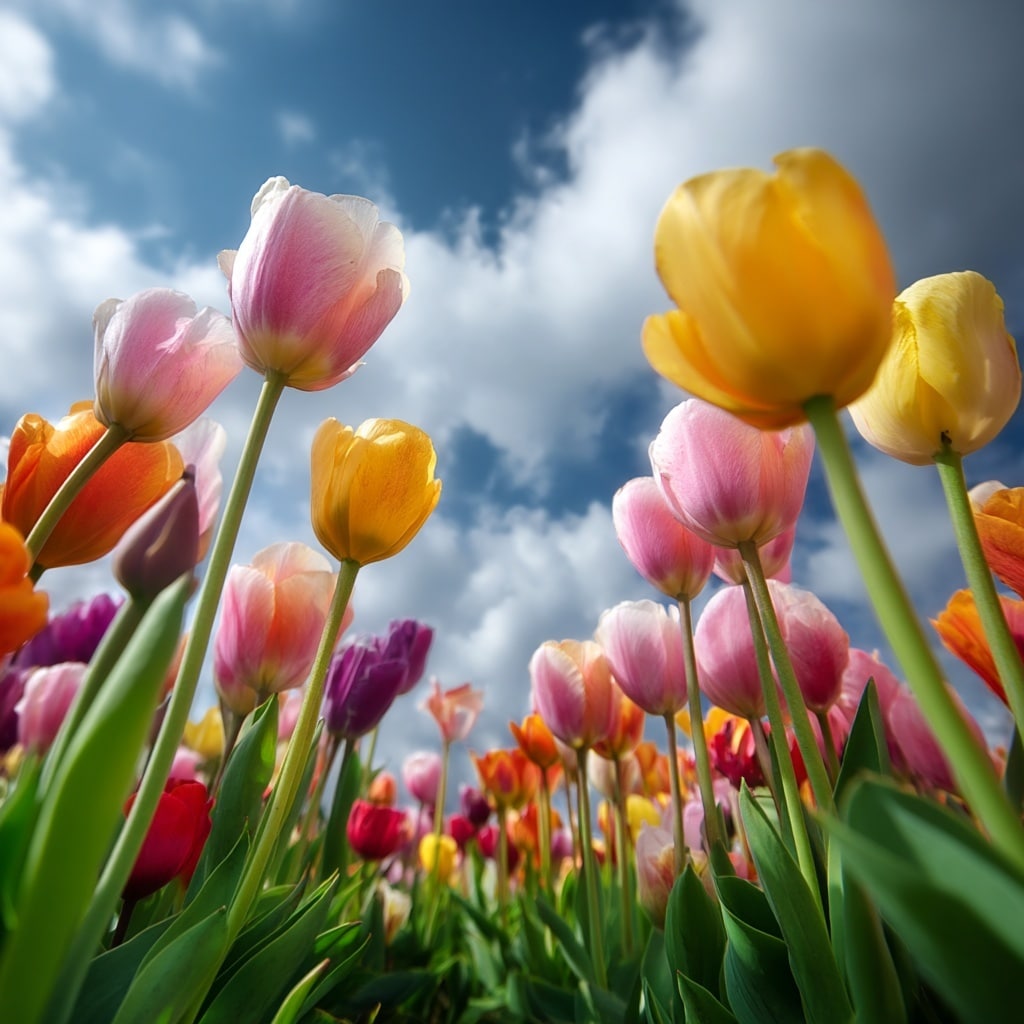
Elegant and iconic, the tulip is a flower that brings structure and sophistication to any garden or bouquet. Originating in Central Asia and later gaining popularity in the Netherlands, tulips are now a symbol of spring across the globe. Their smooth, cup-shaped blooms and vibrant colors make them one of the most recognizable flowers in the world.
Tulips bloom in early to mid-spring and are grown from bulbs planted in the fall. With thousands of cultivated varieties, they come in nearly every color imaginable—including multi-toned and fringed varieties that add texture and flair. In the 17th century, tulips were so prized they sparked “Tulip Mania,” one of the world’s first economic bubbles.
This flower remains a favorite for its bold simplicity, rich history, and ability to create breathtaking fields of color with just a few plantings.
Sunflower
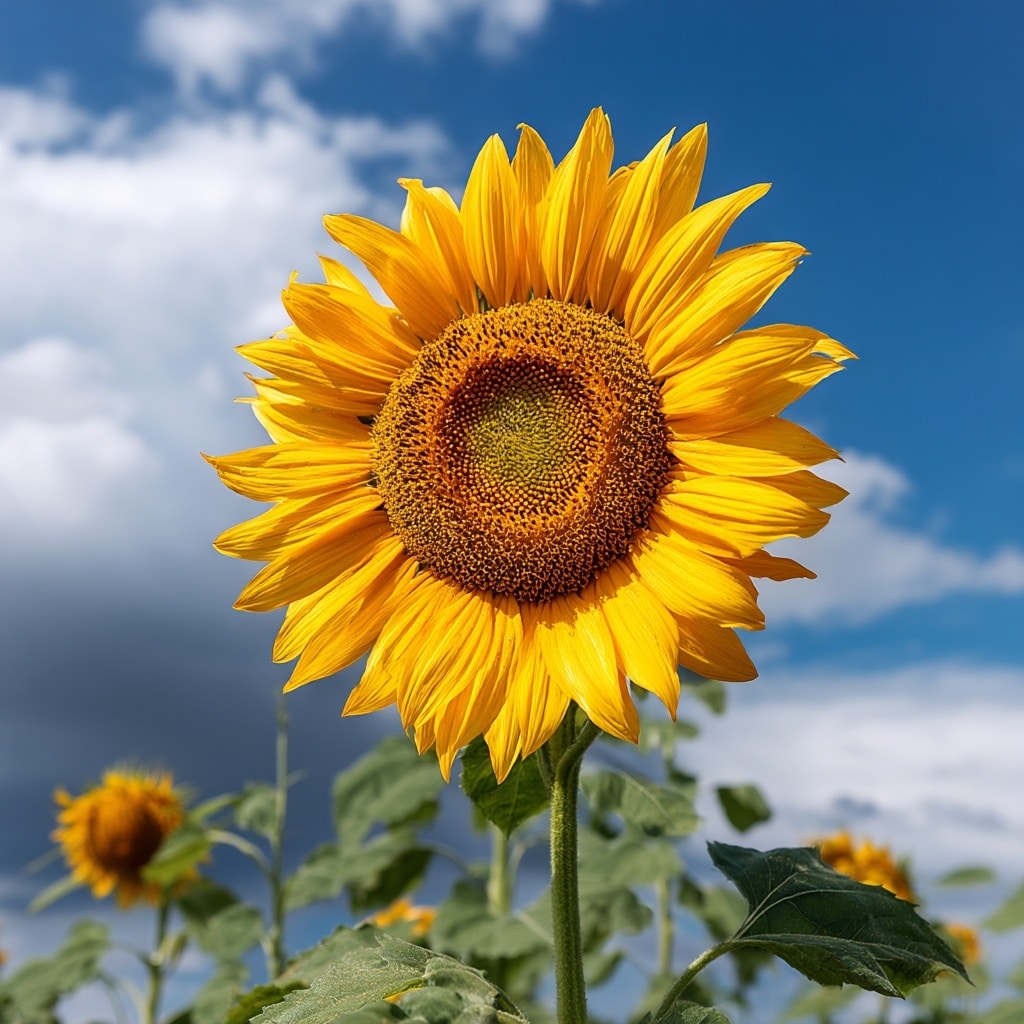
The sunflower is a bold, radiant flower that instantly captures attention with its towering stems and vibrant yellow petals. Native to North America, it has long symbolized joy, loyalty, and vitality. Sunflowers are named for their heliotropic behavior—young blooms literally follow the path of the sun across the sky.
Beyond their beauty, sunflowers are also practical. They produce edible seeds, attract pollinators, and enrich soil. In the garden, they create a cheerful vertical accent and serve as a natural fence or backdrop.
From sprawling sunflower fields in Europe to backyard blooms in suburban plots, this sunny flower continues to be a favorite for its bright demeanor, resilience, and symbolic warmth. It’s a living reminder that nature often turns toward the light—even in uncertain seasons.
Dahlia
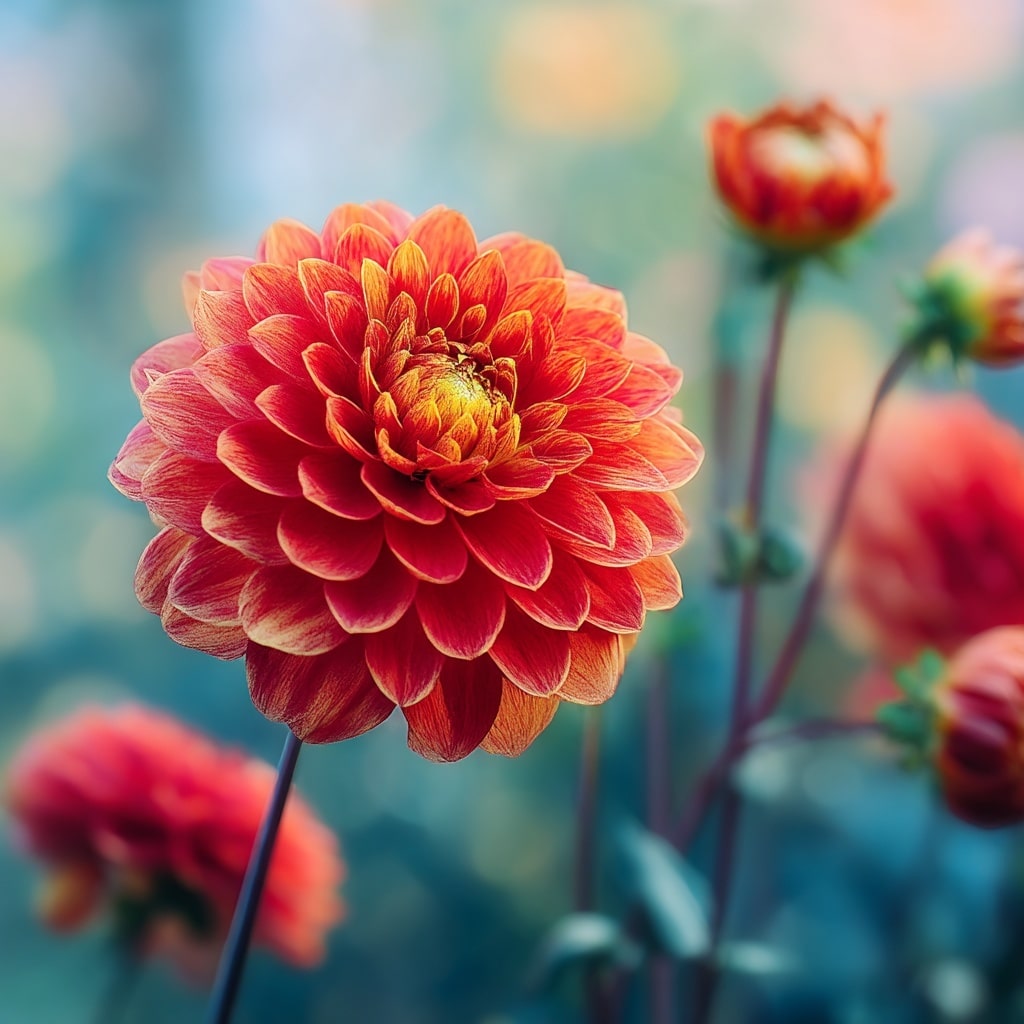
Striking and symmetrical, the dahlia is a flower that commands attention with its bold colors and intricate petal arrangements. Native to Mexico and Central America, dahlias come in thousands of varieties, ranging in size from small pom-poms to blooms as wide as a dinner plate. Their versatility and dramatic appearance have earned them a place in both formal gardens and modern floral design.
Dahlias bloom from midsummer through fall, adding late-season color when many other flowers fade. With shades from deep burgundy to bright coral and soft pastels, they offer something for every palette and landscape style.
Symbolizing creativity, strength, and elegance, the dahlia is a favorite among gardeners and florists alike. Whether used in a bouquet or a backyard border, this flower’s structure and brilliance make it a true showstopper.
Blue Himalayan Poppy

The Blue Himalayan Poppy is a rare and enchanting flower that seems almost too magical to be real. With its vibrant, sky-blue petals and golden center, this bloom is a dream for many gardeners—and a challenge to grow. Native to the cool, misty mountains of the Himalayas, it thrives in moist, shady environments with rich, well-drained soil.
Its elusive beauty and short-lived bloom season have made it a symbol of mystery and the unattainable. Unlike more common flowers, the blue poppy demands very specific conditions and a patient hand, rewarding successful growers with one of the most striking sights in the plant world.
This flower’s delicate elegance and rare hue earn it a place among the world’s most beautiful blooms—a living gem hidden in alpine gardens and botanical collections.
Conclusion
Each flower on this list carries more than just beauty—it holds meaning, evokes emotion, and showcases the diverse artistry of nature. From the regal rose to the rare blue Himalayan poppy, these blooms remind us why flowers have inspired poets, gardeners, and dreamers for centuries. Whether planted in a garden, admired in the wild, or arranged in a bouquet, the world’s most beautiful flowers continue to brighten our lives and deepen our connection to the natural world.



